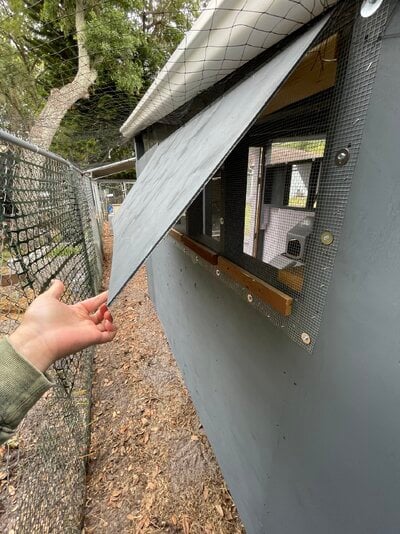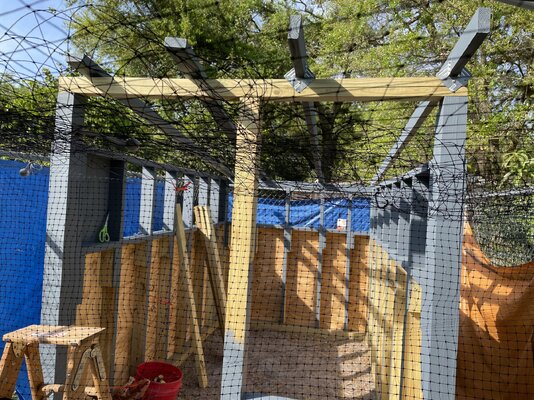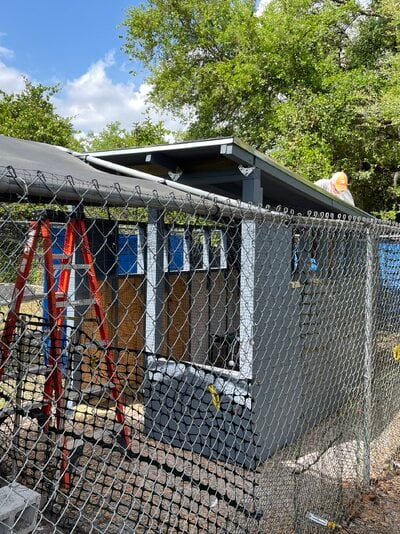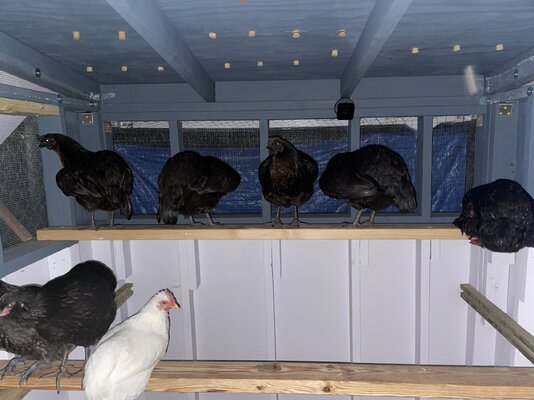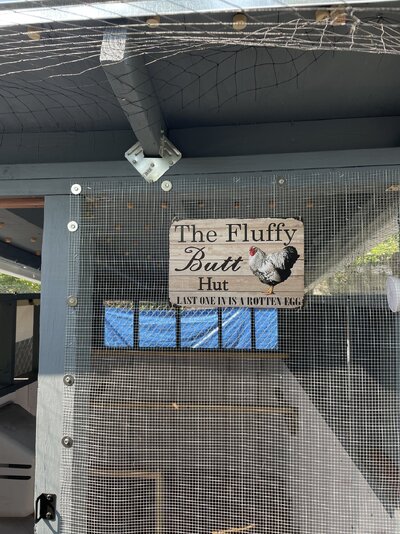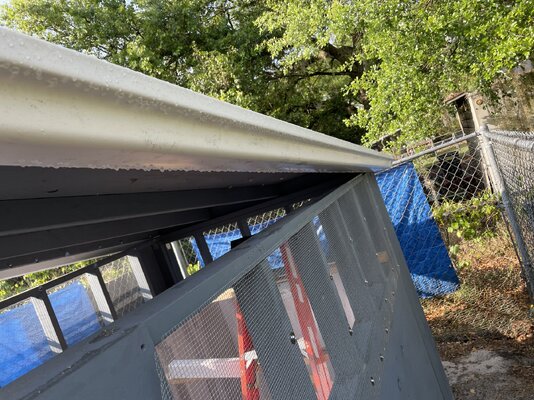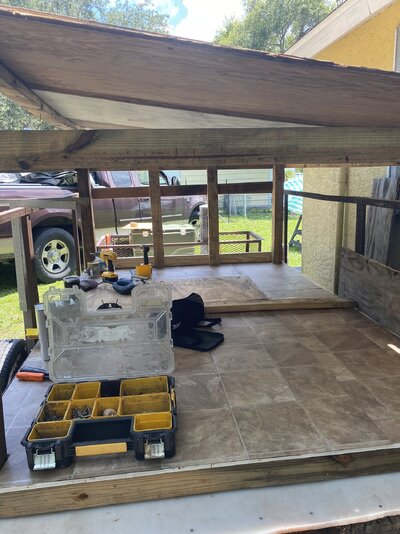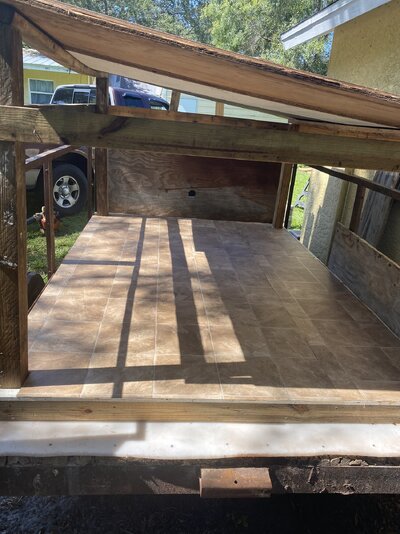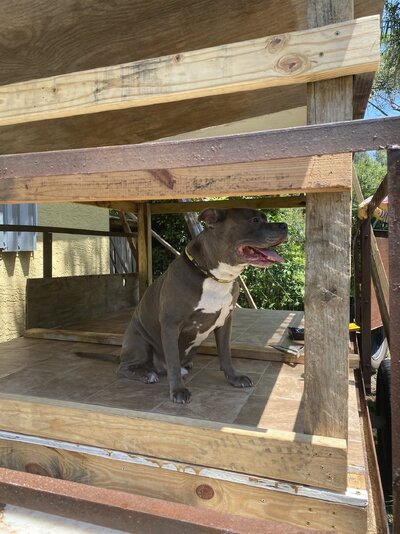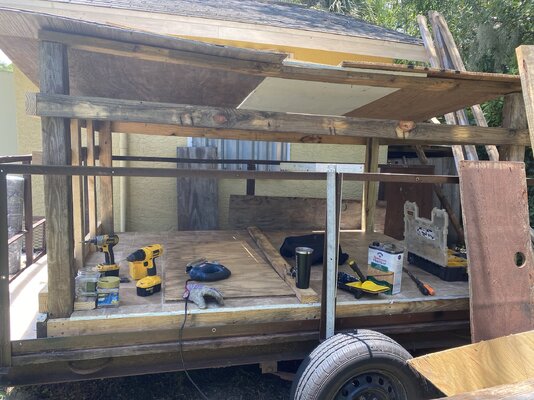Chicken_man_J
Songster
I'm planning to use corrugated metal on my coop. My coop's frame is under construction and pictures and updates are in my post "started on my coop today that is going to be on a 6x10 trailer. I have traded the 1/2 hardware cloth to 1/4 hard ware cloth with aluminum bug screening. The roof will be similar to a lean-to coop roof. I have seen different designs from open purlin to purlin with plywood on frame then metal screwed to that. My concerns are the heat, rain and hurricanes. Will continue to post updates and pictures. Has been raining like crazy and plan on working on it. Have installed wood floor with vinyl or linoleum on top. Additionally, designing internal nesting boxes have collect oak limbs for perches. Any input will go into my plans in finishing the coop. Thank y'all and looking for comments and suggestions
Last edited:


